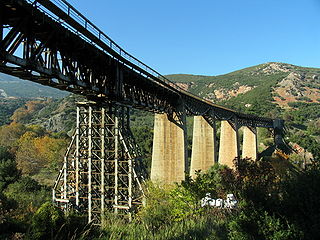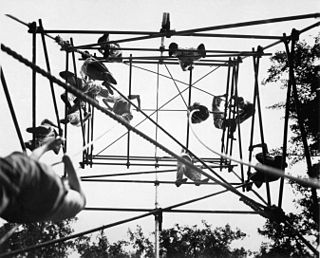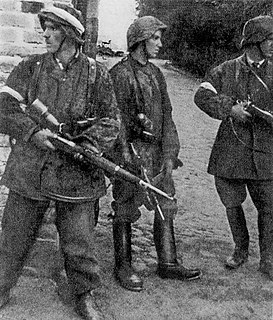 W
WOn 27 May 1942, Reinhard Heydrich – the commander of the Reich Security Main Office (RSHA), acting governor of the Protectorate of Bohemia and Moravia, and a principal architect of the Holocaust – was attacked and wounded in an assassination attempt in Prague by Czechoslovak resistance operatives Jozef Gabčík and Jan Kubiš. He died of the wounds sustained on 4 June 1942. Heydrich was one of the most powerful men in Nazi Germany and an important figure in the rise of Adolf Hitler.
 W
WOperation Creek was a covert military operation undertaken by the Special Operations Executive in World War II on 9 March 1943. It involved a nighttime attack by members of the Calcutta Light Horse and the Calcutta Scottish against a Nazi German merchant ship, the Ehrenfels, which had been transmitting information to U-boats from Mormugao Harbour in neutral Portugal's territory of Goa. The attack was successfully carried out, and the Ehrenfels and three other Axis merchant ships were sunk, stopping the transmissions to the U-boats.
 W
WOperation Harling, known as the Battle of Gorgopotamos in Greece, was a World War II mission by the British Special Operations Executive (SOE), in cooperation with the Greek Resistance groups EDES and ELAS, which destroyed the heavily guarded Gorgopotamos viaduct in Central Greece on 25 November 1942. This was one of the first major sabotage acts in Axis-occupied Europe, and the beginning of a permanent British involvement with the Greek Resistance.
 W
WThe kidnapping of Heinrich Kreipe was an operation executed jointly by the British Special Operations Executive (SOE) and local resistance members in Crete in German-occupied Greece during the Second World War. The operation was launched on 4 February 1944, when SOE officer Patrick Leigh Fermor landed in Crete with the intention of abducting notorious war criminal and commander of 22nd Air Landing Division, Friedrich-Wilhelm Müller. By the time of the arrival of the rest of the abduction team, led by William Stanley Moss, two months later, Müller had been succeeded by Heinrich Kreipe, who was chosen as the new target.
 W
WOperation Jedburgh was a clandestine operation during World War II in which three-man teams of soldiers of the British Special Operations Executive (SOE), the U.S. Office of Strategic Services (OSS), the Free French Bureau Central de Renseignements et d'Action and the Dutch and Belgian armies in exile were dropped by parachute into occupied France, the Netherlands and Belgium. The objective of the Jedburgh teams was to assist allied forces who invaded France on 6 June 1944 with sabotage and guerrilla warfare, and leading local resistance forces in actions against the Germans.
 W
WOperation Mardonius was a military operation directed against German ships in occupied Norway, planned and carried out in 1943 by the British Special Operations Executive (SOE). The outcome of the operation was sinking of two ships in the harbour of Oslo, Ortelsburg of Hamburg and Tugela.
 W
WOperation Most III or Operation Wildhorn III was a World War II operation in which Poland's Armia Krajowa provided the Allies with crucial intelligence on the German V-2 rocket.
 W
WThe Shetland Bus was the nickname of a clandestine special operations group that made a permanent link between Mainland Shetland in Scotland and German-occupied Norway from 1941 until the surrender of Nazi Germany on 8 May 1945. From mid-1942, the group's official name was the Norwegian Naval Independent Unit (NNIU). In October 1943, it became an official part of the Royal Norwegian Navy and was renamed the Royal Norwegian Naval Special Unit (RNNSU). The unit was operated initially by a large number of small fishing boats and later augmented by three fast and well-armed submarine chasers – Vigra, Hessa and Hitra.